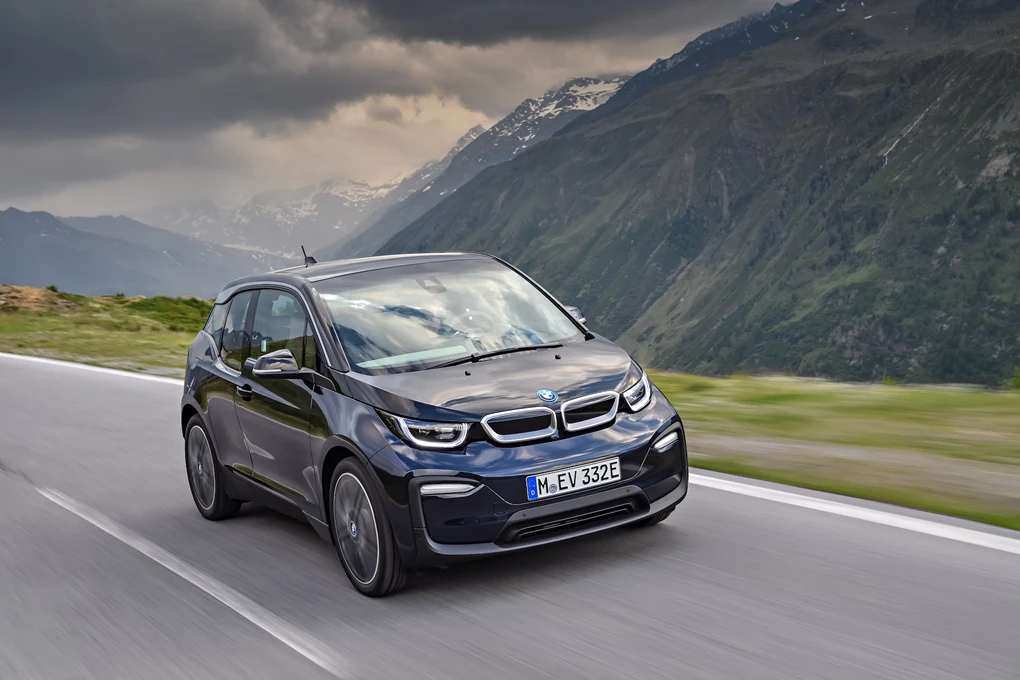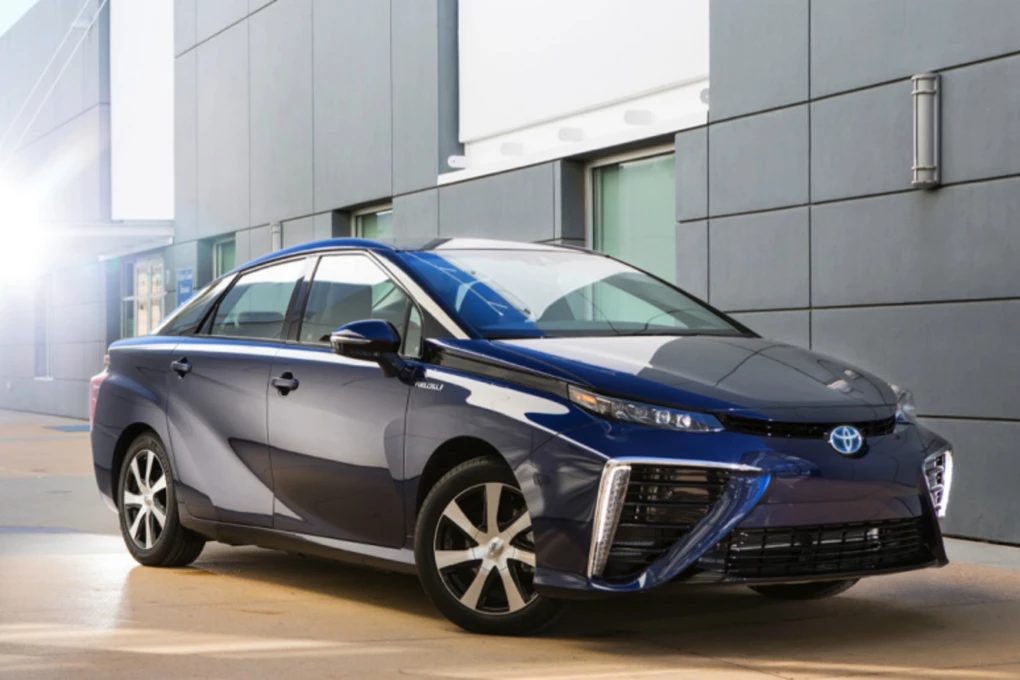Alternative fuel vehicles (AFVs) are the fastest growing sector in the UK car market with electricity being the most popular power source behind petrol and diesel among vehicle buyers.
As well as low emissions and the resultant tax breaks, there are other compelling reasons to go electric, as they’re generally easier to maintain and cheaper to run than fossil-fuel cars.
However, the different types of electric system are confusing, and it’s easy to get caught out if you buy the type that doesn’t suit you.
Here are the four main types of EV on the market today, and why they may or may not suit you.
Pure electric

A ‘pure’ electric vehicle is one that has only one power source, in the form of an electric motor powered by a battery pack. They have zero tailpipe emissions and are the ideal choice for urban motorists, as well as city-based fleets.
As well as no tailpipe emissions, the other advantages to pure EVs are their complete exemption from congestion charges, free parking in many towns and cities, excellent refinement and surprisingly vigorous acceleration.
However, they all have a limited range, from as little as 50 to around 400 miles in the case of really advanced (but expensive) models such as a Tesla.
The rise of fast chargers and an increase in charge points has made owning an electric car much easier than it used to be, but there are still compromises, especially if you need to cover long distances.
Popular pure EVs include the Nissan LEAF, Renault Zoe and Volkswagen e-Golf.
Plug-in hybrid

By far the most prevalent type of EV on the market right now is the plug-in hybrid, which has a much smaller battery and electric motor than a pure electric vehicle. The electric system will power the car over relatively short distances, but most of these are greater than the average UK commute.
After the battery range is depleted, the petrol or diesel engine takes over and the car drives like a conventional internal combustion model.
The key advantages of a plug-in are the ability to cover much longer journeys than pure EVs with no need to plug them in to charge them up, plus the internal combustion engine means you don’t have to worry about getting to the office if you have a power cut. For most drivers, who cover daily trips of less than 20 miles, a plug-in will run on electricity for most of the time.
The disadvantages of the technology are that there are still tailpipe emissions, and when not running on electricity some plug-ins are less efficient than their petrol counterparts due to the extra weight of the electric motor and battery.
Popular Plug-in models include the Mitsubishi Outlander PHEV, Audi A3 e-Tron and Volvo XC90 Twin Engine.
Extended Range Electric Vehicle

An Extended Range Electric Vehicle, or EREV, may sound just like a plug-in hybrid, but it isn’t. The fundamental difference between the two is that the EREV’s electric motor always provides drive to the wheels, where as the plug-in hybrid runs just like a normal internal combustion engine when its battery is depleted.
An EREV has an electric-only range, but once the battery drops to a critical level a petrol or diesel engine fires up and effectively becomes a generator, supplying power to the car’s battery pack and electric motor. The engine runs at a fast idle and will sustain the battery until such a point as you’re able to plug it in again.
The advantages are that you get the same refinement and instant torque as an electric car, but none of the range anxiety. On the negative side, the electric range is generally much lower than a pure electric car, though it is comparable to that of a plug-in hybrid.
Popular EREV models in the UK are the BMW i3, Vauxhall Ampera and Chevrolet Volt.
Hydrogen Fuel Cell

Hydrogen fuel cell vehicles, or FCVs, offer the practicality of the internal combustion engine with zero tailpipe emissions, so in principle are the most futureproof option.
However, the technology is in its preliminary stages, still. FCVs use a fuel cell stack that uses hydrogen to create electricity, which then powers the car’s wheels.
The fuel cell is an electrochemical device similar to a battery, but unlike a battery it does not need recharging and will continue to generate power as long as it is fed with a supply of hydrogen. Fuel cells produce electricity and heat with just water produced at the tailpipe.
Unlike battery-powered vehicles, hydrogen fuel cell vehicles are refuelled at a filling station in a similar way to vehicles with a petrol or diesel engine. They have a fuel tank like a conventional internal combustion engine and can be refuelled in less than three minutes.
The only real disadvantages are a lack of consumer awareness and a poor infrastructure – with only a few hydrogen filling stations in the UK at present.
Examples of FCVs include the Toyota Mirai, Honda Clarity FCV and Hyundai iX35 FCV.




